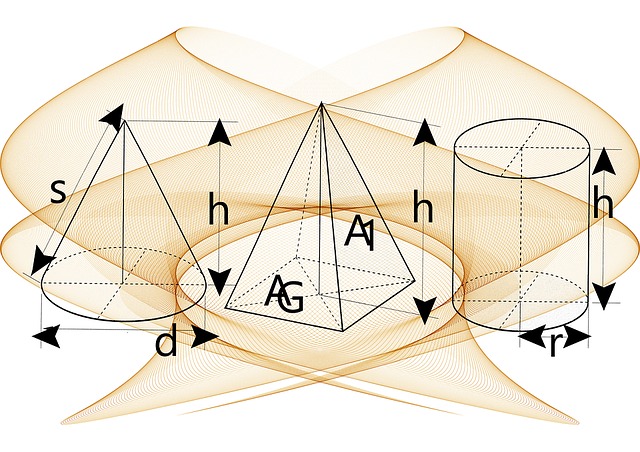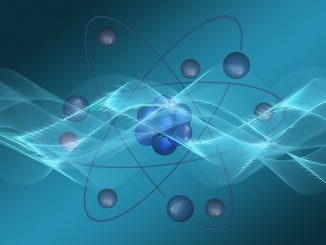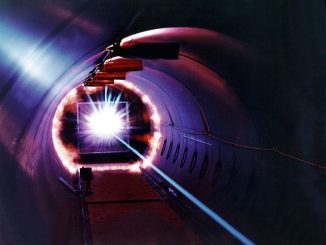
For every action, there is an equal and opposite reaction. Or so we have believed ever since Sir Isaac Newton established the three laws of motion. Now here comes NASA with their controversial brainchild. And suddenly, the world of physics is facing a major shake up. We’re talking about NASA’s EmDrive. And their claim that the engine which most were discounting as impossible actually works.
It was in 1999 when the idea for an electromagnetic drive (EmDrive) was first proposed by British inventor Roger Shawyer. Rather than rely on traditional propellants, this engine will make use of bouncing microwaves within its interior. In other words, it’s an engine that will propel a spaceship into the cosmos, without using any fuel. Theoretically, such engine can hasten travel time. From the normal half a year travel through conventional rockets, a trip to Mars will be reduced to as short as just 41 days through the EmDrive. The big question — can an engine without fuel or propellant really work?
In a paper published by Eagleworks — NASA’s Advanced Propulsion Physics Research Laboratory team – we got our answer as evidence has been presented that showed the impossible was actually possible.
Taking off from Shawyer’s idea, the team developed and tested the EmDrive. Generating thrust by bouncing electromagnetic energy within its cone-shaped chamber, the device is capable of being propelled forward without expelling any kind of particle from the chamber. Supposedly, there’s higher momentum from bouncing microwaves on one end of the engine, and that’s what gives the whole engine its thrust. The system was tested in a vacuum and the results showed that the theory works.
There’s an action (forward thrust), but where’s the opposite reaction (backward thrust)? It’s hard to imagine especially since we’ve all grown up in a world where Newton’s laws of motion are laws, and everything else works according to Einstein’s theory of relativity. But now with the Eagleworks’ experiments publicly disclosed in a peer-reviewed journal, the “impossible engine” has ceased to be a concept that can simply be dismissed as science fiction.
Of course, passing peer review is not a guarantee of validity. But it’s still a crucial milestone because it’s an indication that other impartial experts are open to the possibility that the concept being presented is feasible. And with the information on methodologies available, others can also test the soundness of the theory, do their own experiments, maybe add their own inputs, and come up with their own conclusions.
It might take awhile before it can be proven for certain that the EmDrive is doable in the real world. It’s still an exciting prospect, though. For all we know, it might just have given us a peek into an alternate world where the laws of science work in completely different ways. Or, maybe let’s just stay grounded and look forward to the idea that one day, we might have a fuel-free engine that can power a spacecraft and bring us to Mars or some other planet where we can thrive again after our own planet gives out (in about 1,000 years).
- Bulenox: Get 45% to 91% OFF ... Use Discount Code: UNO
- Risk Our Money Not Yours | Get 50% to 90% OFF ... Use Discount Code: MMBVBKSM
Disclaimer: This page contains affiliate links. If you choose to make a purchase after clicking a link, we may receive a commission at no additional cost to you. Thank you for your support!




Could someone please explain why this engine violates Newton’s third law?
I’m not a physicist, so this is quite possibly a very naïve question, but I think the rationale here is that microwaves fired from one end will simply bounce back with equal energy from the other, which would in turn negate any forward thrust (action/reaction on one end would be cancelled by an equal force on the other). But doesn’t that rely on the assumption that the energy state does not decline? If one side tends to reflect microwave energy whereas the other tends to reflect most, but absorb a tiny amount ever so minutely, wouldn’t that in effect result in thrust on one end, and a gradual build up of heat energy on the other? This would be fully consistent with Newton’s first and third laws. Anyway, I’m a total rube here, so this may be hugely misguided, but really struggling to understand why everyone is so quick to conclude this violates established rules of Physics.
Reflection also involves a change of momentum equal and opposite to the momentum gained by the reflecting surface.
According to the published paper, the third law (and conservation of energy and momentum) is not violated: It is “possible to push off of the quantum vacuum and preserve the laws of conservation of energy and conservation of momentum. It is proposed that the tapered RF test article pushes off of quantum vacuum fluctuations, and the thruster generates a volumetric body force and moves in one direction while a wake is established in the quantum vacuum that moves in the other direction.” The quote is from the last paragraph before the “Conclusions” section of the paper.
Wondering how this compares with the Hendershott generator, based n Nikolai Tesla’s work.
Incorrect! According to the INVENTOR of the drive (gee, who woulda thunk to check with him?) http://emdrive.com/faq.html
“Q. Does the theory of the EmDrive contravene the accepted laws of physics or electromagnetic theory?
A. The EmDrive does not violate any known law of physics. The basic laws that are applied in the theory of the EmDrive operation are as follows: “